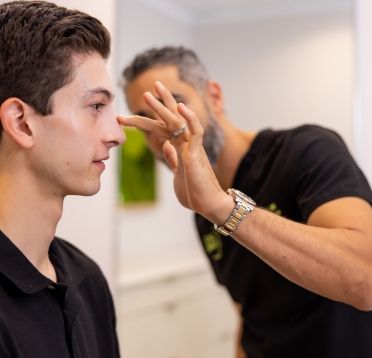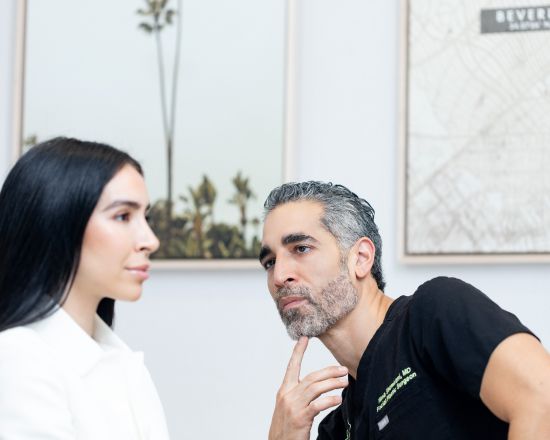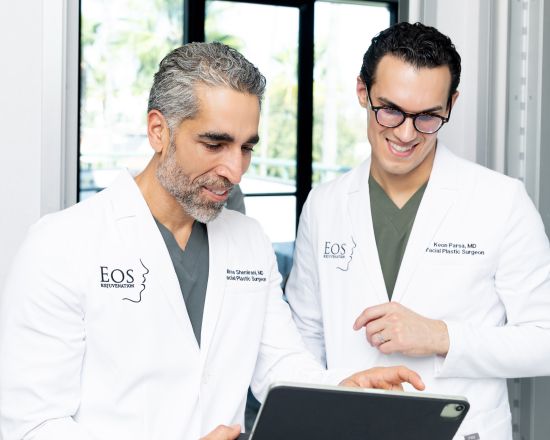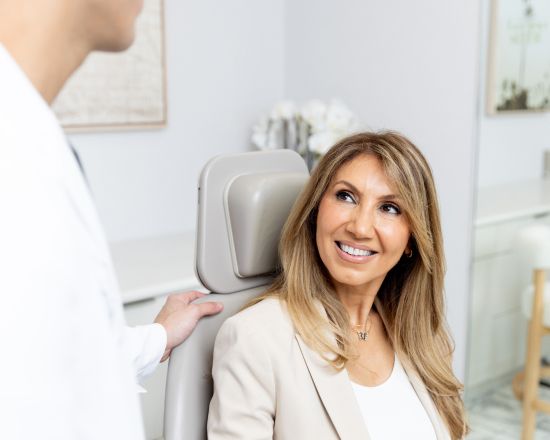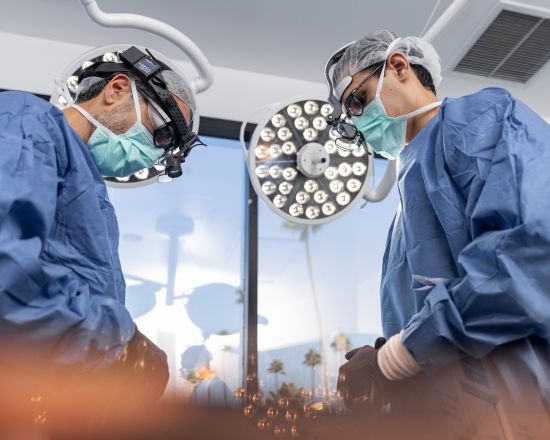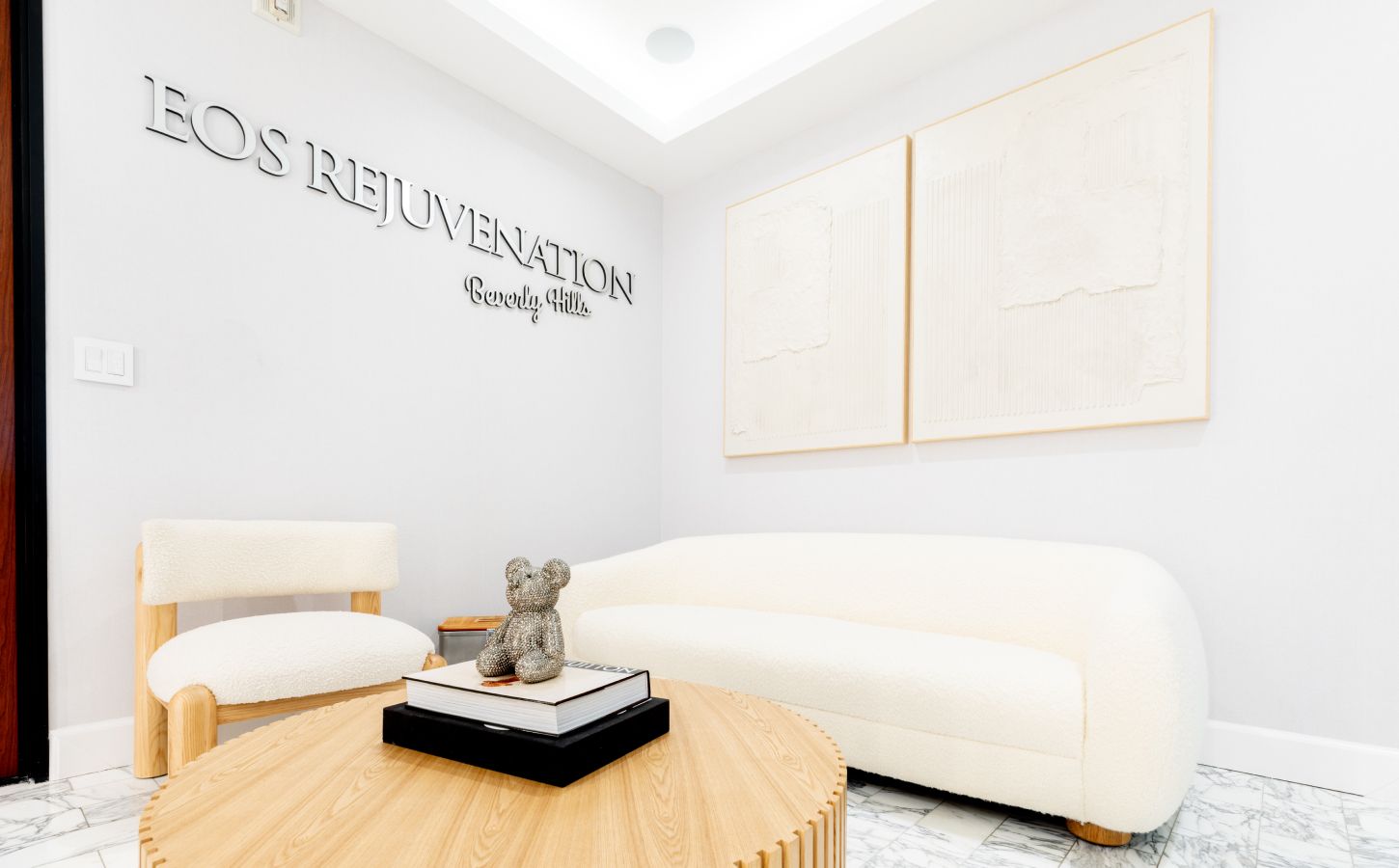Septoplasty Beverly Hills
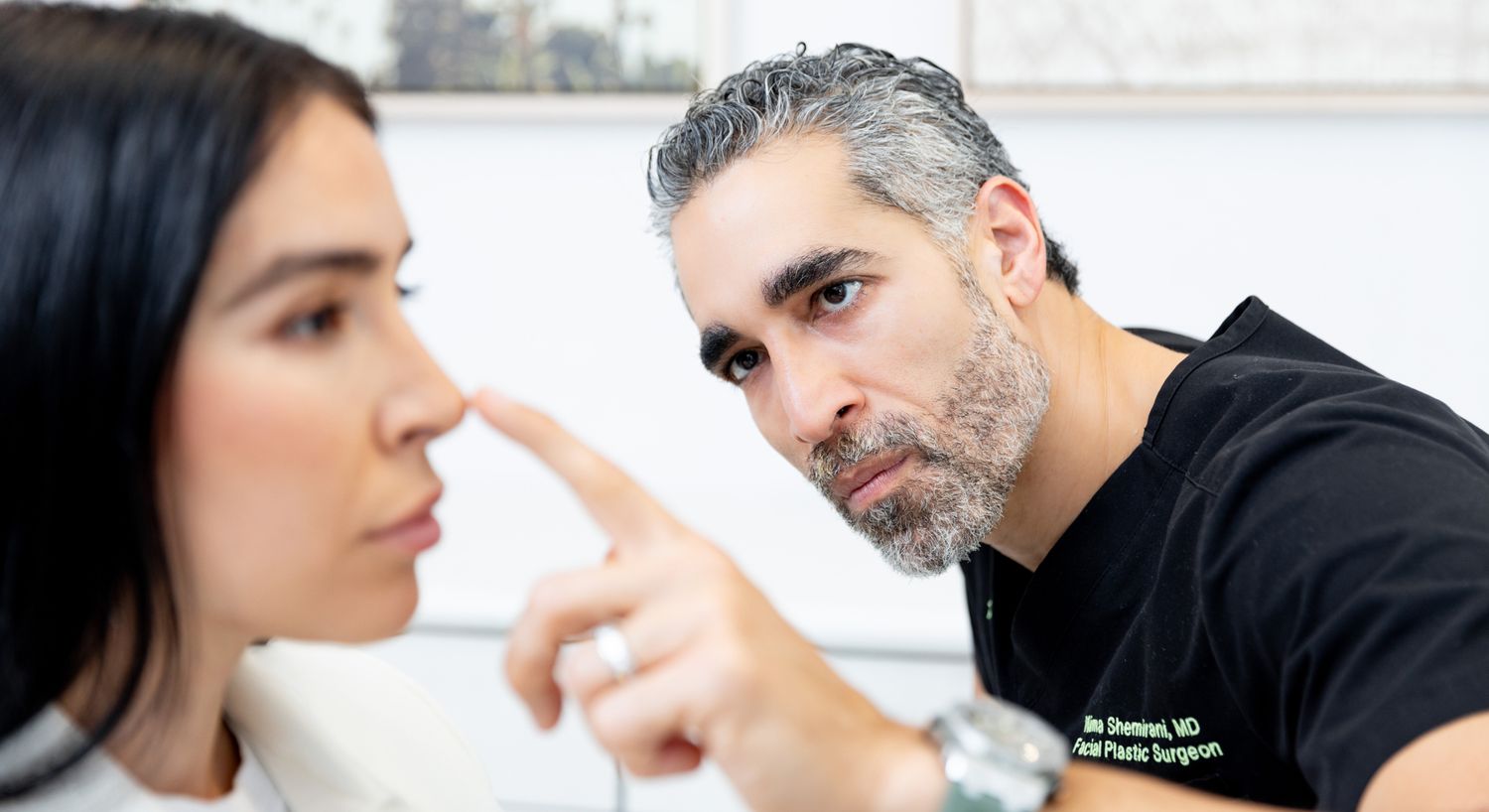

A septoplasty is a surgical treatment used to correct a deviated septum, a functional issue that occurs when the wall between the two nostrils (the septum) loses form, function, or symmetry within the two nasal cavities. Cartilage and bone of the septum may become crooked or deviated, leading to improper breathing, headaches, postnasal drip, sinus infections, and even nosebleeds. As a double-board certified facial surgeon, Dr. Nima is a leading provider of septoplasty procedures and has helped countless Beverly Hills septoplasty patients remedy structural irregularities in one or both nasal cavities to improve airflow and eliminate any adverse symptoms related to a deviated septum.
While it is nearly impossible for a patient to see their own crooked or off-centered septum, they will notice various symptoms arise. Primary symptoms of a deviated septum include:
Septoplasty for a deviated septum is perfect for:
Dr. Nima regularly performs septoplasty procedures to address deviated septums and help improve everything from sleeping and breathing to exercise tolerance. A septoplasty is a precise procedure that involves straightening and correcting the nasal septum to optimize airflow.
Before a septoplasty Beverly Hills patients will be administered either general or local anesthesia by one of our experienced anesthesiologists to ensure you are comfortable during surgery. Once you are relaxed, Dr. Nima will make a small incision within the nasal captivity to access your cartilage.
If your septoplasty is more complicated or you combine it with a rhinoplasty, Dr. Nima may follow an open rhinoplasty approach that involves making the incisions across the columella.
Once Dr. Nima has clear access to your septum, your nasal mucosal lining—the membrane that covers the septum’s surface—is delicately lifted away from the septum to prevent any tears or holes.
Then, he will carefully address your deviated septum by removing bone and/or cartilage. Once he has achieved optimal results, your incisions are closed, and you are moved to our luxurious recovery room until the anesthesia wears off.

Beverly Hills septoplasty patients usually return home the same day. After discharge, they should allow sutures within the nose to dissolve on their own and can expect to leave splints in place for up to 2-weeks. Some nasal swelling, mild bruising, and drainage are to be expected.
Recovery can be accelerated by elevating the head while sleeping and not blowing the nose for at least two weeks after surgery. It is also advised not to participate in intensive physical activity for two weeks to decrease the chance of heavy bleeding. In time, septoplasty patients will find that breathing is easier, and their quality of life has improved drastically.
Eos Rejuvenation is dedicated to ensuring our patients feel comfortable in every stage of the septoplasty process. In a post-op visit, Dr. Nima will explain in-depth the steps necessary to heal and cover any specific questions you have about the recovery process.
“Dr. Nima and his staff went above and beyond!! I’ve received so many compliments..all thanks to Dr. Nima and his staff. I’d highly recommend them to friends and family and will definitely be going back.”
-Emily P
Yes, absolutely. The main causes of a deviated septum spur from physical injury, drug injury, or complication of septum development before birth. Physical injuries from sports or a car accident can attribute to forcefully displacing the septum, causing breathing issues and other negative deviated septum symptoms. When drugs like cocaine or meth are habitually snorted through the nose long-term, they can irritate the cartilage and lining of the nose, causing misalignment or perforation of the septum. These injury-related issues leading to a deviated septum can be corrected through a septoplasty performed by Dr. Nima.
Deviated septum surgery will be performed at Eos Rejuvenation’s accredited surgical facility by our double-board certified facial surgeon Dr. Nima. After anesthesia is administered, he creates discrete and precise incisions within the nose to reposition and center the septum and cartilage of your nose. Extra cartilage or bone impeding airflow may also be removed. After the septum is reshaped and realigned, he will apply dissolvable sutures to the incision site and apply cotton swabs to absorb any excess drainage or bleeding. Dr. Nima will go over the steps necessary to recover from your septoplasty in a post-op recovery consultation.
Yes, it is recommended that we do the septoplasty and rhinoplasty at the same time because Dr. Nima uses your septal cartilage to shape and support your nose with a rhinoplasty. If you separate the procedures, there will likely not be enough septal cartilage left, and Dr. Nima will have to use a small piece of rib to perform the rhinoplasty.
While all insurance policies are different, and it is always important to check the specifics of your coverage, septoplasty can very often be covered by insurance. In fact, it is one of the most widely covered procedures of all, as it can help to prevent serious medical issues that might otherwise require extensive care. For instance, having a septoplasty performed can help correct issues with breathing, issues with sleeping, chronic sinus infections, and more.
Most people have at least some level of imbalance between their two nasal chambers. In other words, most people have a deviated septum, though not everyone experiences ill effects from it. Your deviated septum may be so minor as to be inconsequential. If your septum does cause you problems, such as a tendency toward sinus infections, frequent congestion, difficulty breathing, or difficulty sleeping, then having it fixed can be well worth it. Patients who have a septoplasty performed often report a much higher quality of life and a decrease in sinus-related problems.
If you have a deviated septum, you can anticipate that the problem will worsen with age. This is largely because the nose itself tends to droop, causing the strain on the septum and making that deviation more of an issue. Certainly, a deviated septum becomes more prominent over time, which means that your symptoms and side effects may become more severe as you get older.
Septoplasty is considered to be low-risk, and it is a very commonly performed procedure. With that said, all surgeries have risks and potential complications, and it is important to know about them before your procedure. Some of the most common septoplasty risks include bleeding, infection, tooth and nose numbness, septal perforation (that is, a small hole in the septum), and spinal fluid leakage.
Because septoplasty has such a pronounced impact on the airflow through your nose, some patients worry that it might change their voice. The vast majority of the time, septoplasty has no noticeable impact on the voice. On rare occasions, it does change the voice, but almost always in ways that improve the tone and clarity of the voice. Overall, the risk that septoplasty will adversely impact the sound of your voice is exceedingly rare.
